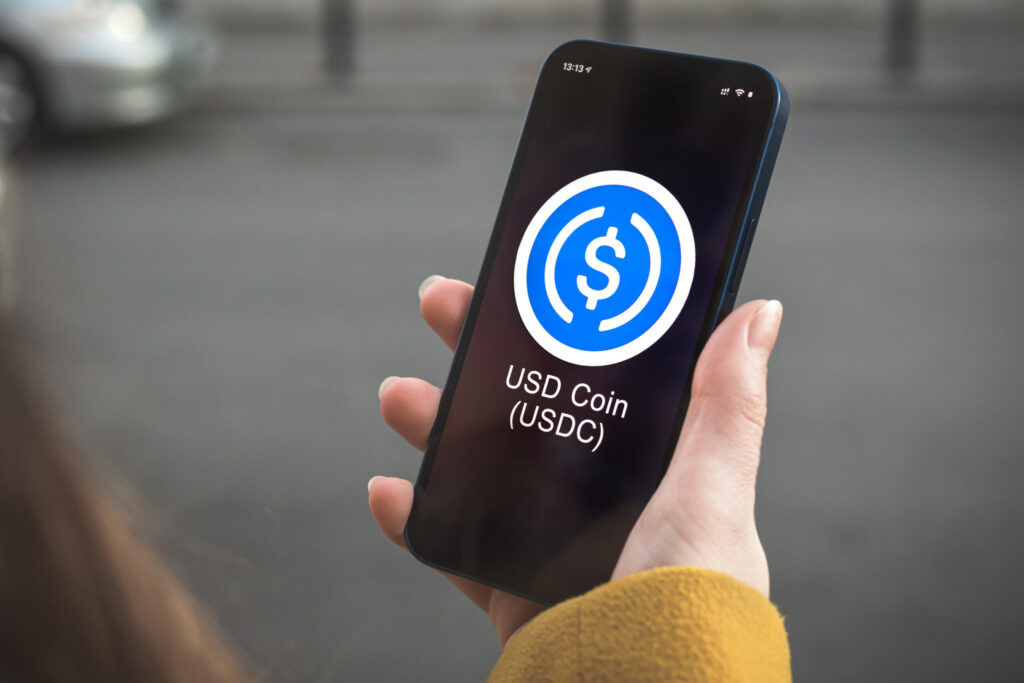
Crypto financial services firm, Circle, has worked its USD-pegged stablecoin, USD Coin (USDC), into the national real-time payment systems of both Brazil and Mexico. The integration now allows businesses to directly engage with the stablecoin through local banks, eliminating the need for international wire transfers and thus significantly reducing time spent on financial transactions. Both corporate and retail entities can take advantage of this.
One major benefit of the integration is the reduction in time to access USDC funds, from what previously took days down to mere minutes. This efficiency gives businesses in Brazil and Mexico quick access to their capital funds. USDC can also be converted to local fiat currencies, such as the Brazilian Real and Mexican Peso, thereby ensuring widespread usability.
Brazil’s central bank had launched its instant payment system, PIX, in 2020, enabling real-time transactions for individuals, businesses, and government entities. By August 2024, it boasted over 168 million users across the country. Mexico’s analogous system, SPEI, offers real-time transactions between banking institutions via mobile or internet banking. Having been in existence for two decades, SPEI had processed almost 3.3 million transactions by 2023.
Circle’s push into Latin America hopes to propel their participation in cross-border transactions, a domain where stablecoins are increasingly gaining traction. Remittances from the U.S. to Mexico alone pegged about $63 billion in 2023, accounting for a significant 4% of Mexico’s economy. The integration also ropes in significant benefits for U.S. trading, with Mexico registering over $800 billion worth of goods and services annually. In Brazil, their $640 billion foreign trade activity, of which about $120 billion is directly with the U.S., will also benefit from this move.
Factoring in data from DefiLlama, USDC now boasts a market capitalization of $35 billion, playing second to Tether which presently stands at $118 billion.